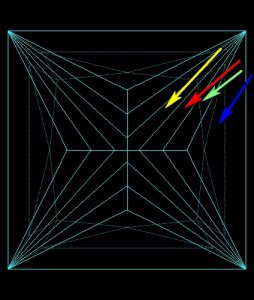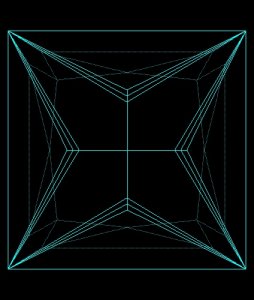FB.
Brilliant_Rock
- Joined
- Jun 29, 2009
- Messages
- 764
What generalised set of proportions are likely to lean towards a princess-cut-equivalent of the fiery ideal cut in rounds?
In my eyes, far too many princess stones lack fire, yet can have very good light return and scintillation. Is that a result of the very small crowns often seen on princess cuts, or is a lack of fire an intrinsic part of a princess?
I''m guessing that some useful ingredients fore increasing fire in a princess would include a small-ish table, steeper crown angle and slightly shallower pavilion depth/angle (to compensate for the steeper crown).
But does anyone have some proportion guidelines - or even "gut instinct"?
Thanks
FB
In my eyes, far too many princess stones lack fire, yet can have very good light return and scintillation. Is that a result of the very small crowns often seen on princess cuts, or is a lack of fire an intrinsic part of a princess?
I''m guessing that some useful ingredients fore increasing fire in a princess would include a small-ish table, steeper crown angle and slightly shallower pavilion depth/angle (to compensate for the steeper crown).
But does anyone have some proportion guidelines - or even "gut instinct"?
Thanks
FB









300x240.png)